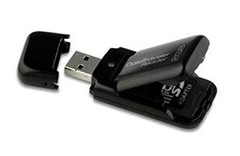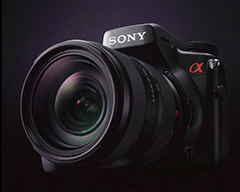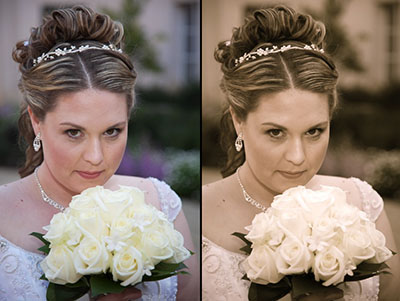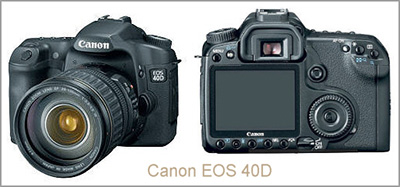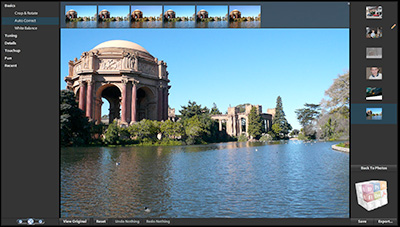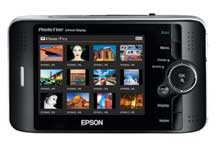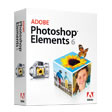
Press releases went out last night for the latest version of Photoshop Elements 6 for Windows users. I've had a peek at this application, and it looks terrific. Here's what Adobe is saying about PSE 6:
"New Photomerge technology helps solve the challenge of taking the perfect group photo by combining the best facial expressions and body language from a series of shots to create a single new cohesive group shot. The new Quick Selection Tool reduces a once time-consuming select-and-adjust task to a single click. Addressing all levels - beginner to expert - there is an opportunity to select one of three edit modes, each geared toward a different experience level. A new Guided Edit mode helps walk users through the steps of improving a photo."
"Photoshop Elements 6 streamlines editing with clean, uncluttered screens that bring focus to the photo. New tabs provide simple access to the many capabilities of the program. Additional enhancements include an improved conversion tool that dramatically converts color images into elegant, nuanced black-and-whites. The streamlined Organizer speeds performance and eases importing, tagging and retrieving."
The press release also stressed that a Mac version is on the way stating: "Currently, our Photoshop Elements Windows and Mac versions are on different product development tracks. Photoshop Elements for the Mac customers continue to be very important to us and we want to bring them the best solutions possible for their platform. A Mac version of Photoshop Elements is expected in early 2008. We will come back to you to provide you with more detail closer to the Mac announcement." So Mac users, sit tight for the time being...
Events! See the TDS Event Calendar for photography workshops, speaking engagements, and trade show appearances. (I have a workshop coming up on Oct. 6 in Santa Rosa.)
Technorati Tags: digital photography, software, The Digital Story

